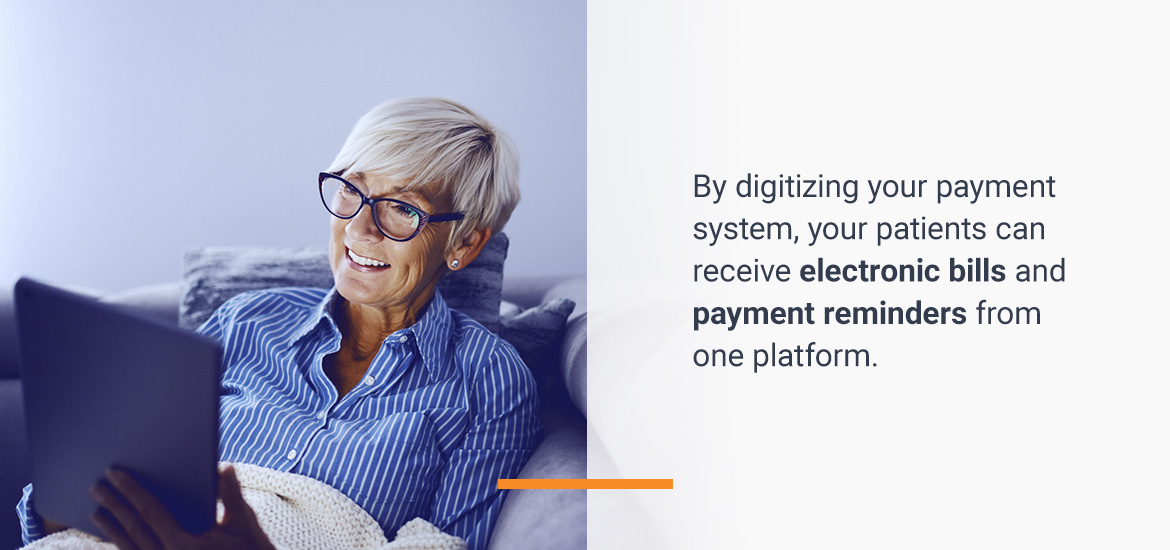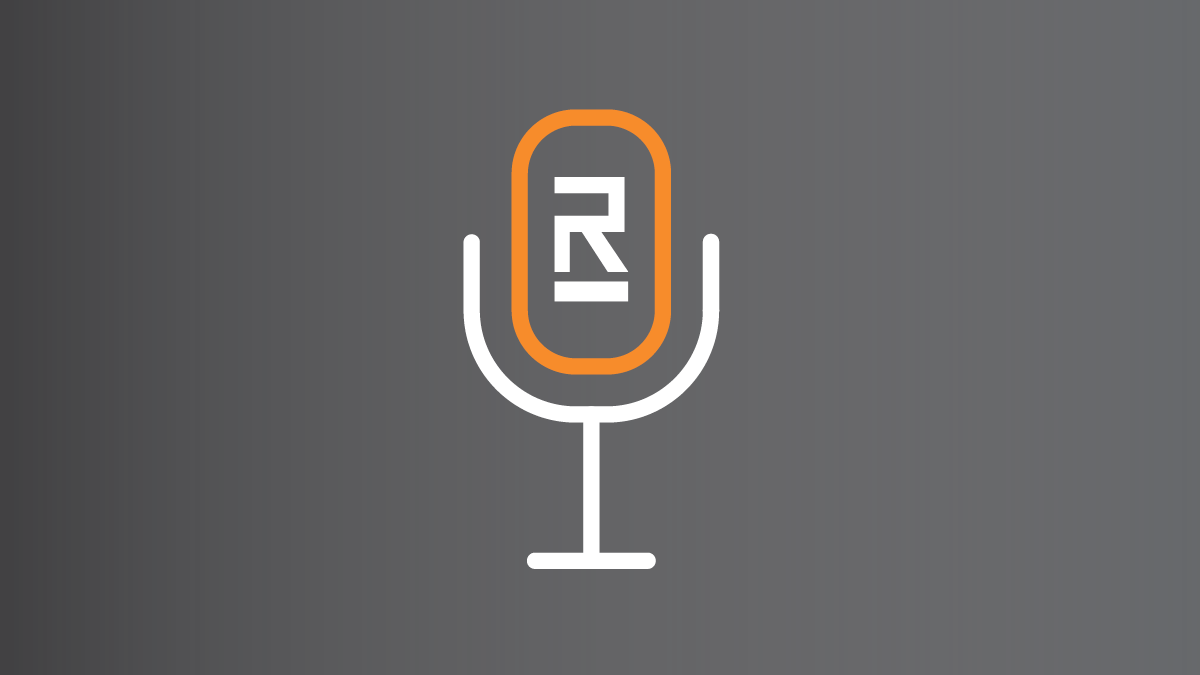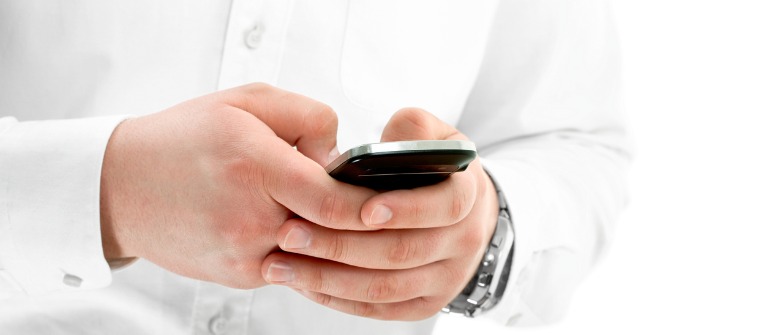Statistics show that patients spend significantly on healthcare. Out-of-pocket medical spending in the United States reached $433.2 billion in 2021, which was 10% of total National Health Expenditure Data (NHE) (Centers for Medicare & Medicaid Services, 2023).
Patients want convenient ways to stay on top of their medical bills. Manual payment methods can be more time-consuming and difficult to manage — both for patients and healthcare staff. Furthermore, they increase the risk of lost or compromised payments.
Automated healthcare payments can make things easier for everyone. Explore some benefits of offering online patient payment services below.
Top Reasons to Automate Payments for Your Patients
Precedence Research reports that the global healthcare automation market hit $37.8 billion in 2021. It is projected to reach about $91.6 billion by 2030, with a compound annual growth rate (CAGR) of 10.33% between 2022 and 2030 (GlobeNewswire, 2022).
With the growing demand for technology in the medical industry and many others, keeping up with the changing trends is important. If you don’t currently implement digital patient payment options, there are numerous benefits to doing so. Here are some of the top reasons to automate healthcare payments at your practice.
1. Saving time, money, and space
Not only is investing in hundreds of file cabinets expensive, but it also occupies large amounts of valuable space. Additionally, flipping through physical files to track down a patient’s payment information can be incredibly time-consuming.
Fortunately, digital patient payment options allow you to store, retrieve, and manage transactions with ease. You don’t have to designate staff members to keep tabs on physical paperwork, manually track payments, follow up about payments after appointments, and note overdue payments.
Additionally, printing and mailing patient statements can be unnecessarily expensive and time-consuming. You can eliminate these costs by making statements available online.
Digitally storing patients’ payment information allows you to look up information quickly without repeatedly searching for and charging cards. Therefore, you can significantly reduce the time, costs, and space normally spent during the payment process.
2. Increasing transparency
Thanks to automated medical payments, patients don’t have to encounter multiple bills in the mail after every visit. Additionally, organizing and keeping track of paper statements can be a challenge. They are far easier to lose than digital statements.

By digitizing your payment system, your patients can receive electronic bills and payment reminders from one platform. This makes it easier for them to view previous transactions, access all relevant information, and make payments from anywhere.
3. Enhancing patient privacy
Patient information security is a critical part of healthcare operations. However, privacy is a primary concern in healthcare settings. A study shows that hospitals are involved in about one-third of all data breaches. Paper and films were the most common source of breached data, occurring in 65 hospitals during the study (Landi, 2018).
Improper disposal, unauthorized access, and theft were the top contributors to these paper and film breaches. This research suggests that data breaches are far more avoidable when you use digital platforms — such as text messages, emails, and client portals — to communicate, store, and access confidential patient data.
You likely deal with cash and checks if your patients pay on-site or through direct mail. Cash, checks, and written credit or debit card information present security risks and can be a hassle to manage. Online options are generally more secure, posing a lower theft risk.
Without statements and payments floating through the mail, medical practitioners and patients don’t have to worry about them being sent to the wrong address or getting intercepted. Paper records with these financial details stored at your office can increase the risk of theft.
If patients’ data becomes stolen, they are more likely to switch practices. A study by McKinsey & Company showed that 40% of consumers stopped giving their business to a company after learning it was not protective of its customers’ data (Boehm et al., 2022). Healthcare payment automation can offer your patients greater security and peace of mind.
4. Improving on-time payments
Mailing medical bills isn’t typically the best way to ensure timely patient payments. They could mix them up with other mail, mistakenly throw them away, or simply forget about them.
Automated healthcare payments can remind patients to take care of their bills on time. They are less likely to forget about paying if they can access statements and bills from one interface. Furthermore, a user-friendly digital platform offers a simple payment method at their fingertips, skipping the time and hassle of mailing and on-site payments.
5. Creating a better patient experience
Allowing patients to manage their healthcare payments electronically is more efficient for staff and patients alike. Since you don’t have to oversee payments manually, you can focus more on providing quality care for customers.
With fewer collection calls and patients waiting at the front desk to pay their bills, you can get people in and out of the office quicker. Additionally, your patients will likely enjoy the ease and flexibility of paying online, increasing their overall experience and satisfaction with your organization.
Solutions to Help Your Practice
If you’re seeking a convenient way to automate healthcare payments, Rectangle Health has the options you need. Part of our Practice Management Bridge® system, card on file (CoF) offers an easy, secure way for patients to make payments and healthcare providers to oversee transactions.
CoF allows patients to place their preferred payment method on file in a secure database, making checkout simpler and more efficient. Your staff can store the payment information on file during the patient’s visit or over the phone. Additionally, patients can put their payment details on file before visits when filling out digital registration forms.
Some other benefits and features of our CoF payment software include:
- One-time charges: After storing a patient’s card on file, you can simply look it up in Practice Management Bridge® and charge it during checkout.
- Fraud monitoring: Risk management experts regularly monitor transactions, ensuring safety and security and detecting any cases of fraud.
- Subscription and automated payment plans: CoF allows you to set up custom payment plans, making high out-of-pocket costs more manageable for patients. You can set up automatically recurring payments, which charge the patient’s card with an agreed-upon amount on a consistent schedule.
- Secure electronic vault: Practice Management Bridge® stores all patient information in an encrypted electronic vault, which complies with Health Insurance Portability and Accountability Act (HIPAA) regulations.
Contact Us Today to Learn More
Rectangle Health is your source for innovative healthcare technology solutions. In addition to payment methods like CoF, point of care, and Text-to-Pay for SMS payments, we offer various services for appointment scheduling, registration forms, and more.
If you’re interested in Rectangle Health’s streamlined patient payment options, you can set up a call, schedule a demo, or request a quote for more information. Learn more about how to set up automated payments for patients by requesting a demo today.
References
- Boehm, J., Grennan, L., Singla, A., & Smaje, K. (2022, September 12). Why digital trust truly matters. Retrieved from https://www.mckinsey.com/capabilities/quantumblack/our-insights/why-digital-trust-truly-matters.
- Centers for Medicare & Medicaid Services (2023, February 17). NHE Fact Sheet. Retrieved from https://www.cms.gov/research-statistics-data-and-systems/statistics-trends-and-reports/nationalhealthexpenddata/nhe-fact-sheet.
- GlobeNewswire (2022, September 21). Healthcare Automation Market Size to Hit USD 91.6 Billion by 2030. Retrieved from https://www.globenewswire.com/en/news-release/2022/09/21/2520315/0/en/Healthcare-Automation-Market-Size-to-Hit-USD-91-6-Billion-by-2030.html.
- Landi, H. (2018, February 23). Paper Records, Films Most Common Type of Healthcare Data Breach, Study Finds. Retrieved from https://www.hcinnovationgroup.com/cybersecurity/news/13029854/paper-records-films-most-common-type-of-healthcare-data-breach-study-finds.



